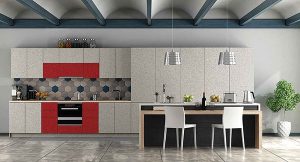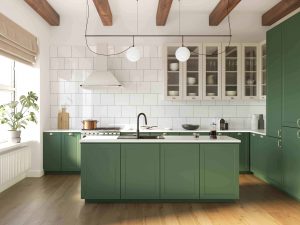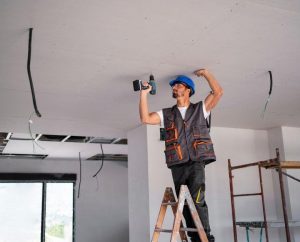What’s in a Sheet? Breaking Down the Layers of Premium Plywood

Not every plywood sheet is the same. The outside of two panels can be identical, but the way they perform in the long run is determined by what is inside. That is where the difference is. Particularly, when you are selecting high-quality plywood, the surface is just the beginning. The core, the bonding and even the treatment all contribute to the strength, durability and reliability of the sheet.
What then is a sheet of plywood made of? Why do some sheets last years and others crack, warp or swell in a few months? We will analyse it, layer by layer.
It Starts with the Core
At the heart of every plywood sheet is the core. This is made of thin wooden veneers pressed and glued together in alternating grain directions. That’s what gives plywood its strength and flexibility. But in premium plywood, the core veneers are carefully selected. They’re uniform in thickness, free from knots, and pressed with better precision.
Low-grade plywood often uses mixed wood species or fillers in the core. That leads to weak spots. Over time, these areas start to bulge or delaminate. But premium plywood stays flat, handles weight, and resists internal gaps. You get a sheet that stays solid, even under pressure.
The Face Veneer Matters Too
What you see on the outside [the face veneer] also plays a big role. In premium plywood, this top layer is smooth, even-grained, and ready for any surface finish. It can take polish, laminate, or paint without bubbling or peeling. That’s why it’s used for furniture, cabinets, and wall panels where finish quality is non-negotiable.
In cheaper plywood, the face veneer is thin, rough, or patchy. You’ll notice uneven texture and poor absorption of finishes. That’s when your laminate starts lifting, or your polish doesn’t last.
Glue Bonding: The Hidden Strength
Plywood sheets get their structure not just from wood, but from glue. Premium plywood uses high-grade resins that make it strong and moisture-resistant. This bonding strength is what keeps the layers from coming apart over time.
Different grades use different bonding types. MR (moisture-resistant) is good for dry interiors. BWP (boiling waterproof) is for kitchens and bathrooms. But it’s not just the label, premium sheets use more uniform glue spread, better pressing, and controlled curing. The result: fewer chances of bubbles, splits, or warping later.
Treatment Against Termites and Moisture
One of the key differences in premium plywood is how it’s treated. Regular plywood may look fine at first, but it fails when exposed to moisture or pests. Premium plywood is chemically treated to resist termite attacks, borer infestation, and fungal growth.
This makes it ideal for Indian homes, where climate conditions vary across regions. Whether it’s the dry heat of Rajasthan or the humidity of coastal cities, treated plywood holds up well and avoids long-term damage.
Density and Calibration
When you hold a sheet of premium plywood, it feels balanced. That’s because it’s calibrated, uniform in thickness throughout. There are no bulges or thin patches. The sheet sits flush, lies flat, and fits perfectly during installation.
This calibration also affects the furniture built with it. Doors close properly. Shelves sit evenly. Panels stay aligned. That level of finish is only possible when the sheet itself is made with precision.
Why It Pays to Invest in Premium Plywood
It’s easy to pick the cheapest option. But in the long run, low-grade plywood costs more. You’ll face repairs. Replacements. Poor aesthetics. And maybe even structural issues.
Premium plywood, on the other hand, gives you peace of mind. You know the sheet has been tested. Treated. Pressed with care. And made to last. Whether you’re making kitchen cabinets, wardrobes, wall panelling, or modular furniture, the sheet underneath should be strong enough to handle daily life.
Look Beyond the Surface
Don’t choose plywood just by tapping on it. Ask about the core material. The type of bonding. The kind of treatment used. The manufacturer’s standards. These details make all the difference.
Even if you plan to hide it behind a laminate or veneer, the base has to be right. That’s what holds your design together. That’s what supports daily use.
Conclusion
Plywood isn’t just a background material. It’s the foundation of modern interiors. And when you want results that last, you need sheets that are built well from the inside out. Premium plywood isn’t about looks alone; it’s about strength, stability, and smart construction. For plywood sheets that deliver on every layer, trust CenturyPly to give your home the quality it deserves.



